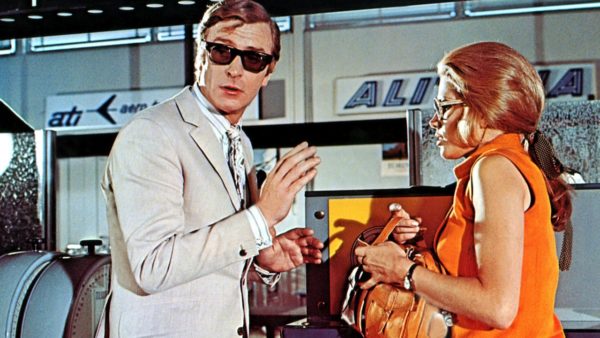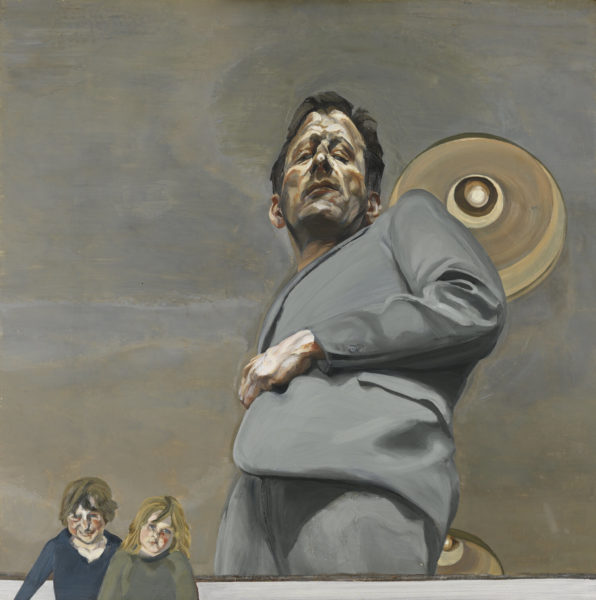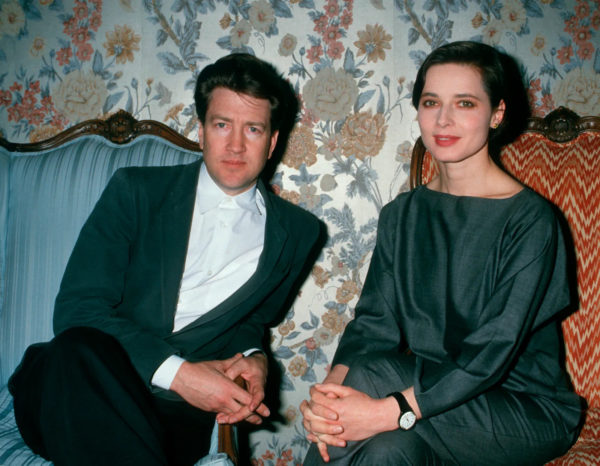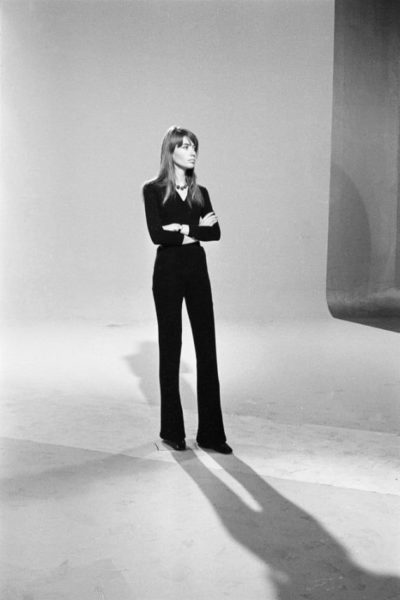“Knit ties are imperfect by nature.” Luciano Barbera
Some trace the knit tietie made of wool, cashmere or silk threads which are twisted More back to the twenties, others to the First World War. However, one factor remains undisputed: its first appearance occurred within the working class. Since it could be handcrafted and made from cheap raw materials, the knit tie then became an everyday accessory. Eventually, it was adopted by The Great Gatsby’s writer, Francis Scott Fitzgerald, who favoured one with large stripesline or band more or less wide that marks a fabric More, worn very short. This was the way it was worn in the forties, because of the very high rise pants in fashion at the time.
The Sixties were undoubtedly the peak of the knit tie’s popularity: in 1964 it appeared around the necks of the Beatles and Roger Moore in The Man with the Golden Gun, while Paul Newman also adopted it, both in his own wardrobe and on screen. Mods also embraced this accessory, because it aligned with their goal of deconstructing the suit from the past decades, considered too rigid.
However, the knit tie was abandoned in the eighties, forcing the closure of many manufacturers which had specialised in its making, but it was reborn in the 2000s.
The knit tie remains unchanged in its essence, despite its variations through the decades, knitted both thin and wide and worn either long or short. Woolcontinuous growth fiber of animal origin (alpaca, camel, Kas More, cashmere and silkflexible and resistant thread produced by the larva of vario More threads are twisted before knitted, giving the tie its solidity and thickness.
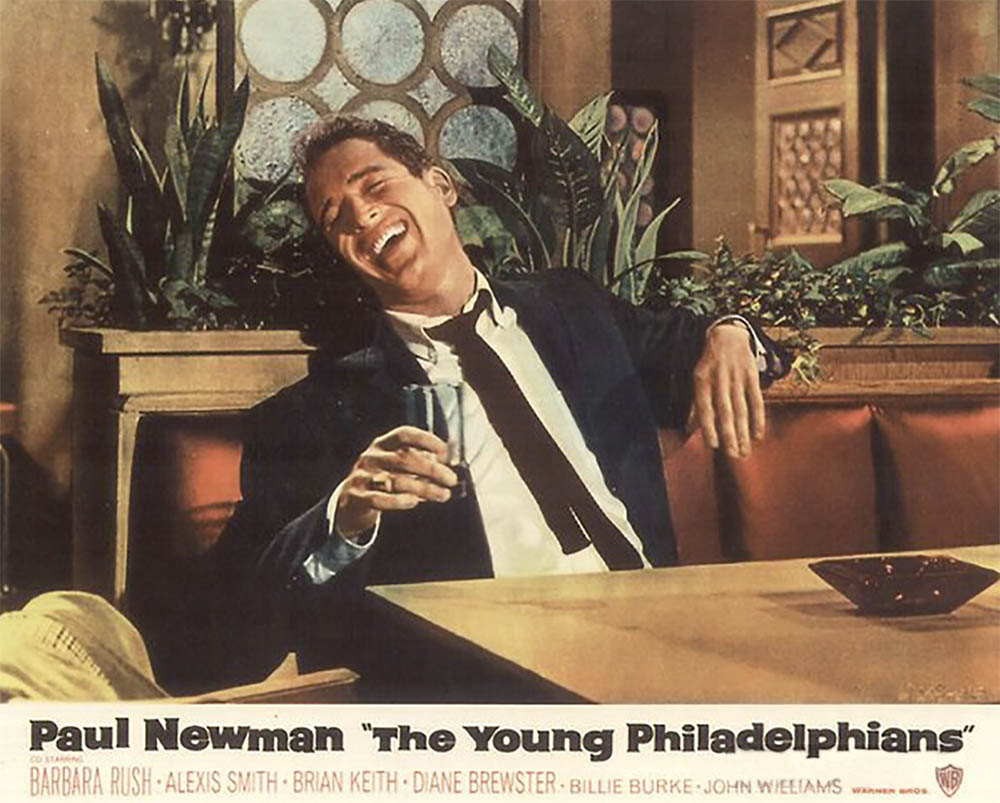
NEWMAN, Paul. The Young Philadelphians movie poster. 1959.

MOORE, Roger, act. EKLAND, Britt act. HAMILTON, Guy, dir.The Man with the Golden Gun. 1974.

THE BEATTLES. London Airport, United-Kingdom. 1964.
- COTTON« Soft, but with weight. Relaxed, but never shapeless. It carries memory in its creases. »
- LUCIAN FREUD« from borrowed suits to bespoke tailoring, Freud’s fashion choices evolved with his art »
- DAVID LYNCH« The oddest of Americans, the most American of oddballs, Lynch was a man with a uniform. »
- THE FLARED TROUSER
